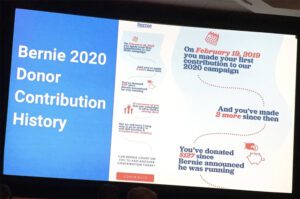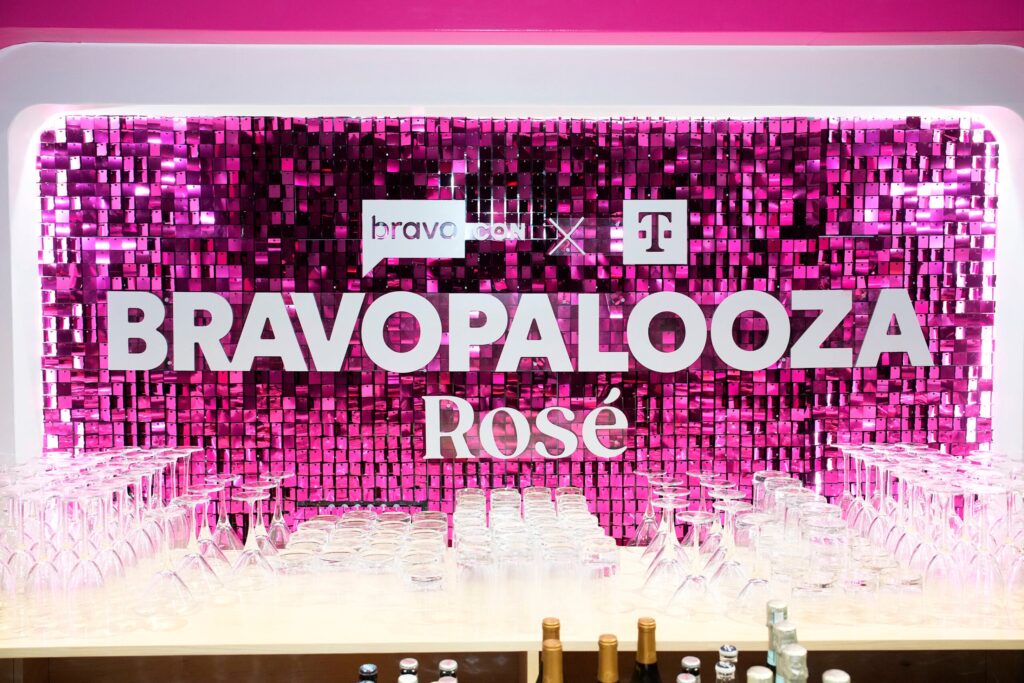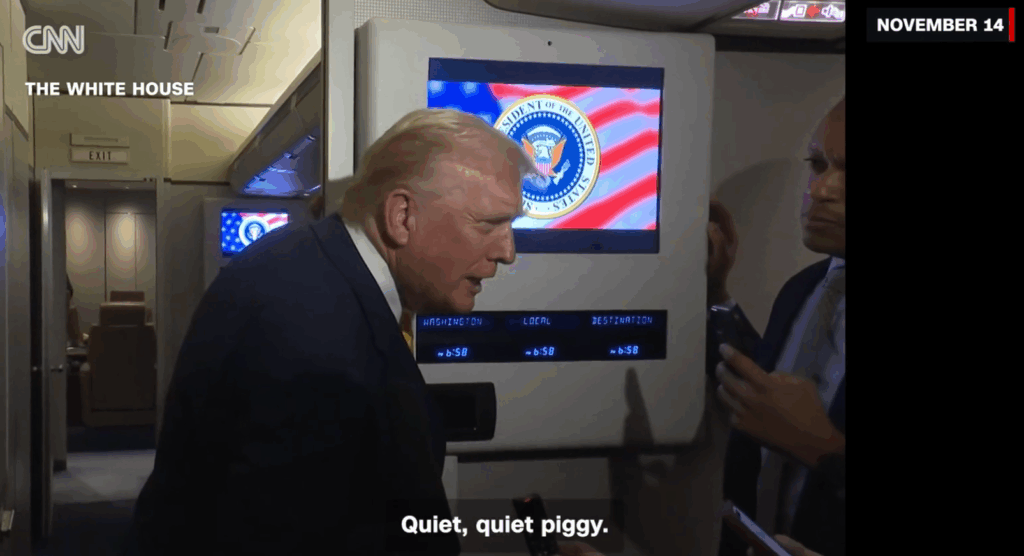
Personalized email is helping the Bernie Sanders campaign create a spirit of community to engage subscribers—and donors—for the presidential candidate.
“We have so much data available, so we can make more relevant asks of subscribers and get them to engage,” says Robin Curran, vice president of digital strategy at Aisle 518 and digital fundraising director at Bernie Sanders for President. “Community is a broad movement and is at the center of everything we do.”
When getting started with personalization, it is critical to take the time to tailor content to recipients, notes Curran, who spoke at the recent Litmus Live conference in Boston.
“It is a privilege, not a right, to be able to send email to our donors,” she says. “We create a two-way relationship with subscribers by showing what we know about them and what is valuable to them.”
Curran shared a number of examples of ways the Bernie 2020 campaign is personalizing messaging to donors and supporters.
Donor History: Showing a donor’s giving history to the campaign in an email illustrates what supporters have done in the past—and then pivots attention to what they can do now. The campaign created a visual map taking the donor from the exact date of their first contribution to the campaign, to how many donations they have made, to the total amount donated since Sanders announced his candidacy.
“It’s because of you that our campaign is off to such a strong start.,” reads the email copy. “But we still have a long way to go in order to win this election and transform our country. Can Bernie count on you to add another contribution today?”
The visual road map of donor history generated two times more than the typical email blast, she says.
Local Events: Bernie 2020 kickoff event emails were personalized using subscribers’ zip codes. This enabled the campaign to inform supporters about the event nearest their geographic location. The call to action was an invitation to RSVP and attend.
“It was effective at building community and getting them plugged into the work,” says Curran.
You May Also Enjoy:
- 4 Tips for Getting Email Marketing Feedback
- Timing Matters in Email Marketing
- Spotify’s Preference Center is an Inspiration for Email Marketers
Year in Review: Taking inspiration from the Spotify Year in Review emails, the campaign created a year in review message showing what events supporters had RSVP’d to, what donations they had made, whether they had shared stories about why they support Sanders with the campaign, and any Bernie 2020 purchases they had made, such as t-shirts or bumper stickers. The email also showed how many people from the donors state had also contributed.
Things the supporter had done were shown in red; activities the supporter hadn’t yet done were shown in light grey, to illustrate what they still could do for the campaign.
“It really helps build community,” she says, noting some contributors shared the email via social media. “People latched onto stats like the numbers of donors in their area.”
Maxing Out Contributions: This messaging identified those who had given single contributions of $500, or $1,000 total, to acknowledge these donors had given more than most (the average donation for Bernie Sanders is $19, low for a presidential campaign), and asking if they are able to max out their giving to the maximum allowable amount. This very targeted email raised an average of $25 per recipient, versus the typical average of $.09.
2018 Midterm Election Data: This messaging was based on a comprehensive spreadsheet of who was on the ballot in every state around the country, to show supporters the candidates in the top races and highlight the states of the election nationwide. A link to look up local polling places and the suggestion to donate to the campaign was also included.



